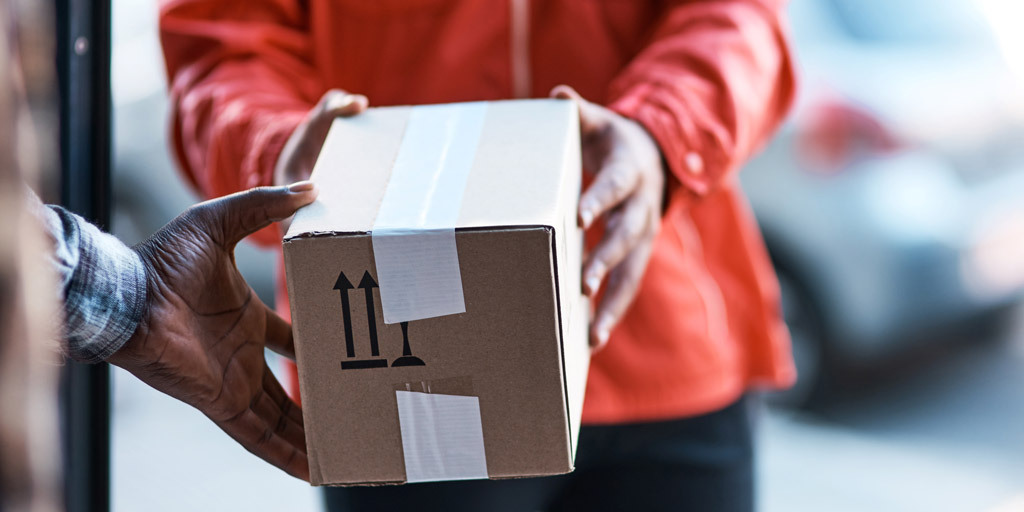As we approach the final leg of Q1 2023, we take a look at the key eCommerce trends that have shaped the eCommerce landscape in 2023 so far and predict which trends will shape Q2.
1. Customer retention is a top priority
It’s clear that so far in 2023, consumer spending priorities are changing in response to rising prices and recession. UK eCommerce is weathering a storm at present. And while the general trend is for online to capture a greater share of retail sales, the volume of actual sales is stationary.
Analysts estimated that while overall sales would remain flat at £78 billion, online sales could account for £39.17 billion, or over half of that. According to new research from Moody’s Analytics, 25% of the UK’s total retail spend will be generated online by mid 2023.
No one expects the current slump to last forever, but for now, retailers are dealing with far more discerning shoppers, and smaller basket sizes. In this scenario, customer retention is all important. As inflation recedes, returning shoppers will recommit to their favourite brands, if they are encouraged to do so.
Brands can future-proof customer loyalty by using all the tools at their disposal. These include incentives, rewards, providing great customer service, and marketing to them in a personalised way.
2. Managing costs and driving efficiency is key
While managing costs in an industry with relatively slim margins is always important, recent events dictate that retailers must double down on all cost saving opportunities. As eCommerce growth slows down, concerns around inflation are ramping up. With supply chain challenges persisting, worries over rising prices are unlikely to subside in Q2.
When asked to rank the challenges that posed the biggest risk to their business growth over the next 12 months, 48% of UK brands selling consumer goods online said rising shipping costs were the most critical factor.
At the same time, customer expectations of online experience are evolving at pace, especially when it comes to last-mile delivery. What customers now expect is fast, reliable and transparent delivery, that is also cost effective for them.
Retailers can respond to the challenge and adapt to a turbulent logistics landscape by taking control of their delivery-related costs. In fact, the more volatile global supply chains are, the faster brands must respond by optimising delivery to reduce costs and improve customer experience.
3. Sustainability is a strategic priority
Research reveals that for 80% of consumers, sustainability plays a part in the decision-making process for online purchases. While 37% of shoppers choose retailers based on their ethical and sustainability policies. As well as greater transparency about ethical business practices, helping customers make more sustainable choices has a big part to play.
Giving customers more flexible delivery options at checkout helps reduce the carbon waste attributed to orders that don’t get delivered the first time. In 2021, failed deliveries contributed 355,987 tonnes of CO2 from UK delivery vans. Offering flexible delivery and alternative options like timed-delivery slots or local pickup, helps make the last mile greener.
With shoppers increasingly choosing brands that align with their values, helping them make choices that lessen their environmental impact is now vital.
4. Comprehensive parcel tracking is now a must
Keeping customers informed with real-time tracking updates is essential this year to increase first-time delivery success, increase retention, and minimise delivery costs.
With around 3 billion parcels sent each year, the UK is ranked third for online shopping worldwide, with 25% of products bought and returned online. With numbers like this, it makes sense that preventing missed deliveries and creating a far better experience is paramount. Not only that, getting delivery right the first time is a sure fire way to avoid costly returns.
Without a delivery tracking capability that’s on point, retailers risk reputation damage. After one poor delivery experience, 84% of customers won’t buy from a brand again. In a nutshell, managing customer experience in this most visible stage of the fulfilment cycle, simply isn’t optional.
5. Even higher last-mile expectations must be met
Of all the stages of the fulfilment chain, last-mile delivery is where retailers experience the greatest number of challenges. In terms of the wider eCommerce ecosystem, it is a crucial component of customer experience, and overall satisfaction with a brand.
The likelihood of retaining a customer is directly linked to the post-purchase experience. Customer retention is a far safer bet if their experience is favourable. If the experience is bad however, retention is a lot less likely. In fact, 77% of 1-star Trustpilot reviews are a result of poor post-purchase experience.
After wide scale adoption during the pandemic, online shopping habits have changed fundamentally. With that, the bar has risen in terms of customer experience. Online retailers face a stark choice – create a flawless customer experience, or lose out to those that do.
In 2023, buyers will have even higher expectations about how fast their orders are delivered. Growing numbers will expect fast delivery options like same-day, next-day, or two-day. Being able to access a broader range of carrier services gives retailers the scope to create a more flexible, more sophisticated approach to delivery.
